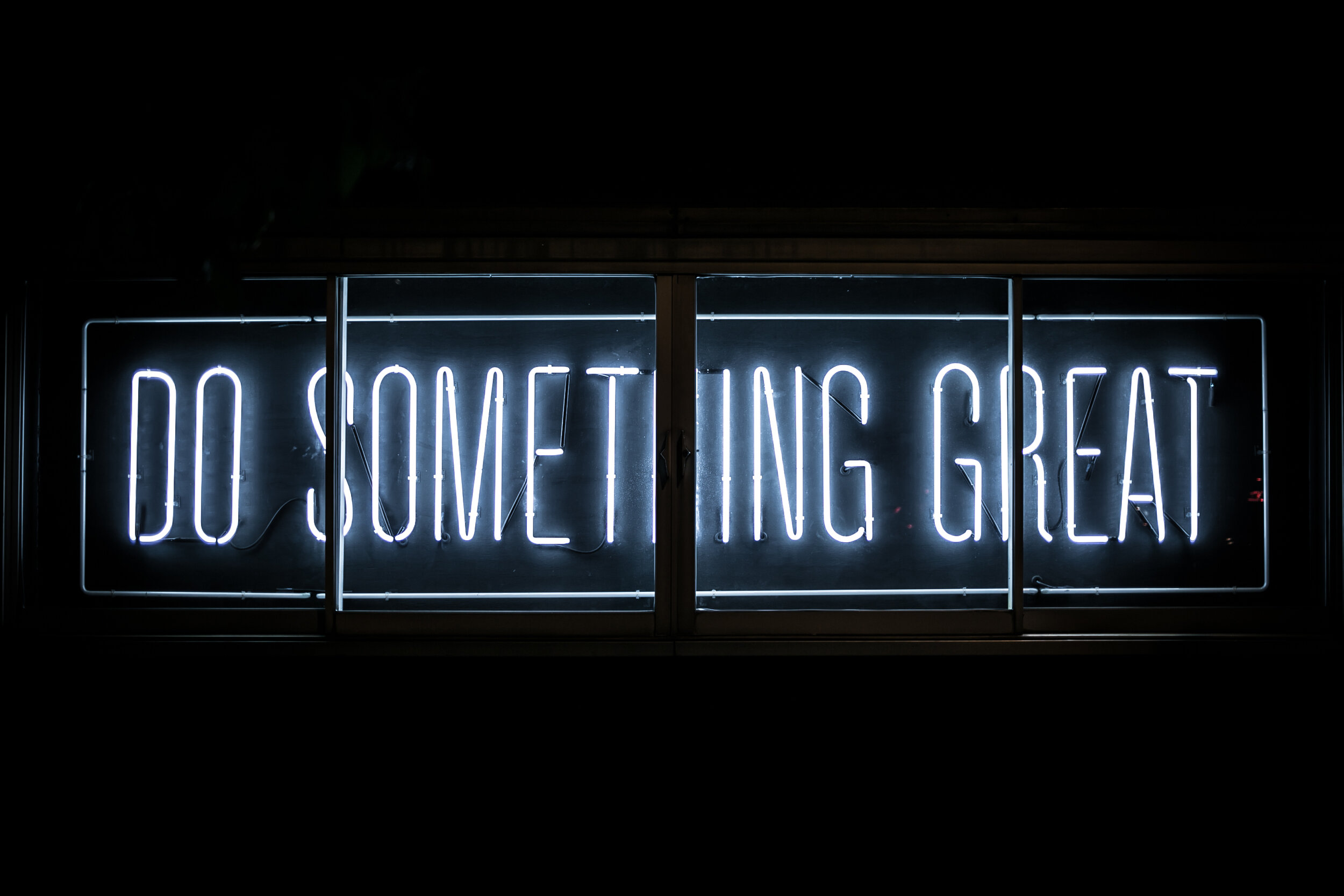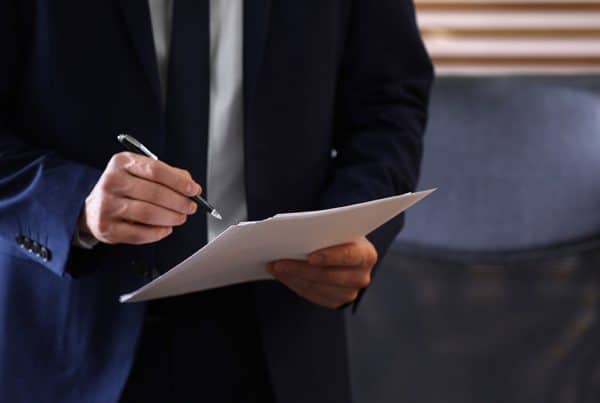Can I write my own patent application?
A qualified yes! Drafting your own patent application can be a great way for applicants to defer costs and mitigate risk, and there is some potential for overall cost savings. So- let’s talk through it.

A sort of non-disclaimer: I love it when my clients draft their own applications. It can take a lot of dedication to try to draft a patent for the first time. I love to see self-drafting for a few reasons: First, it makes my job a little easier, and I appreciate that. It just gets us started a little closer to the endpoint, and as a results-oriented individual, I like that. Much more important is that it just help the patent come out better. When an inventor puts pencil to paper to try to fully describe their invention, I usually end up with a better understanding of the invention. It just gives me more to work with when the inventor puts real effort into describing the invention. Usually it’s a marginal difference, but sometimes it really, really helps. Finally and by far most significant, is that when an inventor undertakes to draft their own Provisional Patent Application (PPA or provisional for short), it demonstrates that they’re willing to put in work. I’ve seen a lot of commercially successful inventions, and every single one of them required tons of work along the way. I just love to see that effort by the inventor.

At this point, we review the three main parts of a patent (for reasons that will make sense in a second). Legally, patents need a specification, claim(s), and drawing(s). The spec is the written description of the invention designed to help people understand the invention, and the claims are the legal description of the bounds of the IP that you own, similar to a legal description of a real estate lot, if you’ve ever encountered one of those. The drawings are drawings.
OK- here’s the hard truth: self-represented, or pro se, patent applicants have very low success rates at prosecuting their own patents*. Patent prosecution is a very tricky combination of bureaucratic maneuvering, legal argumentation, diplomacy, and knowledge of when and how to take it to the mat if necessary.
*Don’t let anyone tell you not to try something that has a low success rate. There are always people who beat the odds. I personally have beaten the odds in many significant endeavors in my life, and I admire people who are willing to attempt to do the same. Because the odds are not arbitrary. We can all affect our own chances of success.
Ignoring prosecution though, pro se applicants tend to leave a lot of IP on the table, or rather, in the public domain. This is based on my own experience in working with my many clients who have self-drafted. It’s not even like it’s just a “statistically significant” difference- it has been universally true in my experience. Claims drafting is just an insanely specialized skill that is based on a ton of case-law, learned techniques for analyzing inventions, patent prosecution strategy and tactics, intuition developed through practice, strategy for drafting with an eye toward future patent assertion and litigation, and on and on. It literally takes years of dedicated study to become good at it.
The time investment is so large, that almost no non-lawyers (or agents) do it. Many lawyers don’t even know how to do it well. To that end, I always encourage inventors to just grill their prospective attorney. I mean, be nice, but make sure the person knows what the heck they’re doing. There’s a lot of talent and skill involved, and not every patent lawyer has it.
Taking it a step further and speaking frankly, I would almost never recommend drafting a Nonprovisional Patent Application (NPA or nonprovisional for short) without the assistance of an agent or attorney.
So where does that leave us? The provisional patent of course!
Ok- quick refresher on provisionals vs nonprovisionals. A nonprovisional is a full patent application that gets a full examination. When done right, it culminates in an issued patent. A provisional is known as a “priority document” and usually nobody ever looks at it. A provisional just proves you are the first inventor (in the legal sense, as opposed to the actual sense, which is actually pretty typical for the patent application process). Now, once you file your provisional, you are locked-in to what you’ve described… sort of. Whatever is in your final issued patent must show up to some de minimis degree in the provisional. If the final patent requires info that isn’t in the provisional, it is a potentially fatal weakness just waiting to be discovered by any competitor who takes umbrage with your patent rights. Literally, the patent can be invalidated because the provisional didn’t sufficiently disclose the invention.
Realistically speaking- notes, research documents, or compiled sales materials could all be filed as a provisional patent application. You can draft a decent nonprovisional from these materials. I know because I’ve done it a ton of times. This maneuver only saves time and expense upfront, because it introduces a risk and a new expense. A PPA expires after just 1 year, so within less than 365 days, you need to bring a patent lawyer onboard to help, for the reasons discussed above. Now, if you need that full year to explore your commercial case for the invention, and you’re still unsure whether a patent application is in the cards, then doing a provisional by yourself is a great option. Unfortunately, it creates a risk of inadvertently leaving out some info that you end up needing later, and your patent application could be fatally flawed because of it.

In 2019 I worked on an ugly patent application like this over Christmas, where the provisional was based on marketing materials and was missing some pretty important info. The nonprovisional was originally drafted by a different attorney, and it was rejected hard by the examiner. The client came to me hoping I could work some magic, and I tried very hard, but I was ultimately unsuccessful at figuring out how to get around a pretty gaping hole in the original application. So that’s a risk, but there’s a way to mitigate that I’ll talk about in a minute. The other cost is that the effort that goes into self-drafting cannot be relied on to reduce the overall patent prep costs. In other words, you’ll spend close-to the same on attorneys whether you self-draft or not.
So, there are really two options that make sense in almost all cases. Option A: Prepare a provisional patent application to the best of your ability, take it to a patent attorney, and ask them to review it. It usually takes me about an hour. Consider it like having the foundation of your home inspected. Option B: Have a professional prepare a provisional for you. For this option, the most economic model is usually to prepare what amounts to a complete patent application, sans claims. By doing it this way, you get a great disclosure in your provisional, and any cost you put in up front for the provisional is saved when you later prepare your nonprovisional, because the nonprovisional drafting is reduced to just writing a claim set. Consider it to be taking the lowest-cost route, and breaking it up in a pretty efficient way. Option A has the lowest up-front cost. Option B has the lowest overall cost when adjusted for risk, usually.
Ok, Walker, bring it all together:
1. Self-drafting of provisional patent applications is good, useful, can defer costs, but should be done with at least some attorney input. It adds a small but nontrivial cost in attorney’s fees to the whole endeavor.
2. Everyone eventually has to break down and hire a patent attorney, so the lowest-cost option is to hire one to do the work from the beginning, before you invest your own time into it.
There are other factors at play, but those guidelines should point about 90% of people in the right direction. The rest of you can just call me for a free consult, and I’ll tell you the best way of meeting whatever objectives/constraints you’re working with. I am currently working on a video series that just goes through a full patent application, including the application document itself, and then through the prosecution documents so that inventors can all get an idea for what to expect.


